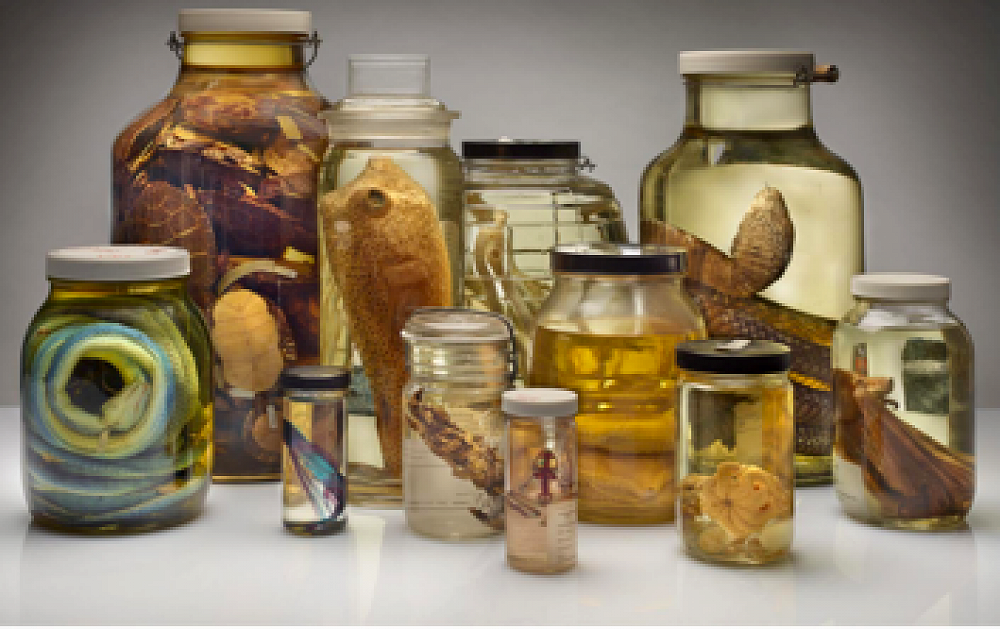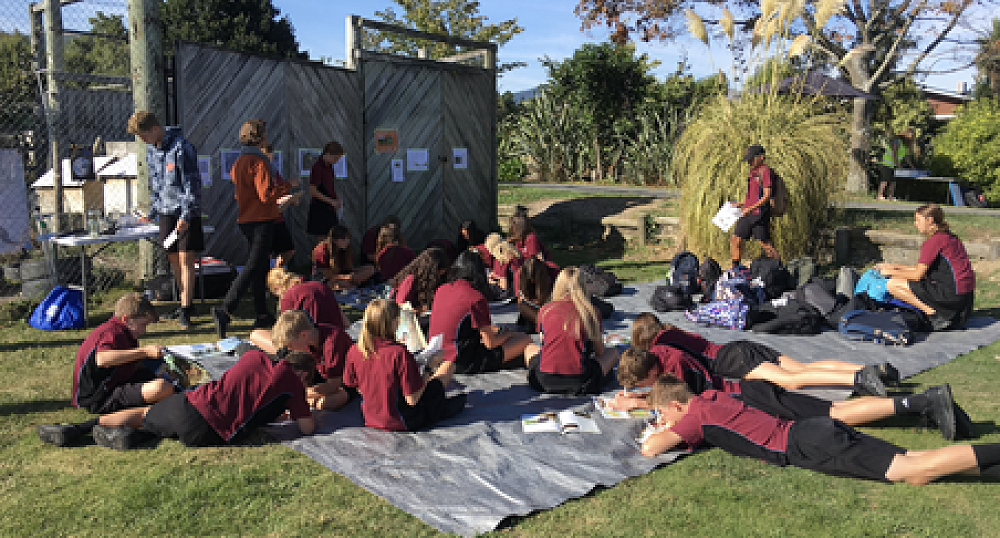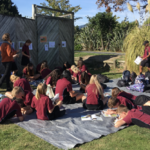Last Monday, a group of Year 9 students started an art/science (with a twist of culture) project about Poorman’s Stream.
On what would otherwise be a rather dull Monday afternoon in the classroom, two groups of Year 9 students got to spend some time out in the sun, studying everyone’s favourite waterway: Poorman’s Stream.
The main idea of the project is to learn about the story of the waterway and investigating the stream health by measuring the temperature, flow and the creatures within and around. After having gained this knowledge, the students present what they have learnt in a form of art (the idea going at the time was “some kind of art in a jar”).

The art the students are making is also a cultural celebration; it will be presented at the beginning of the Māori new year: Matariki.
The project is a “great opportunity for students to express their understanding and learning through art,” said science teacher Gerd Banke. “The art medium makes it possible to not just express facts about the stream but the interactions and relationship between the environment and the plants and animals living in and around the stream.”
Something the students learnt is that Poorman’s Stream is not in a very healthy state. The city council is doing a restoration program around the riparian (I.e. the edge) of the stream, but what we really need is for everyone to just watch what they’re putting down the chute. As water ecologist Mel McColgan said: “Remember, ‘only rain down the drain’. Many people don’t realize drain water goes straight into the streams. Don’t go putting down your paints, chemicals or oils.”

Following the session down at the stream with Mel McColgan, students will have the opportunity to carry on with their stream study by completing their art pieces in the lab. When asked what she appreciated about the opportunity Ms Banke said it was the “students expressing their connection to their local stream and the chance for them to make art pieces, making it a very personal experience and a way to preserve their impressions and new gained learning in a jar.”
By Student journalist Calum Petre


